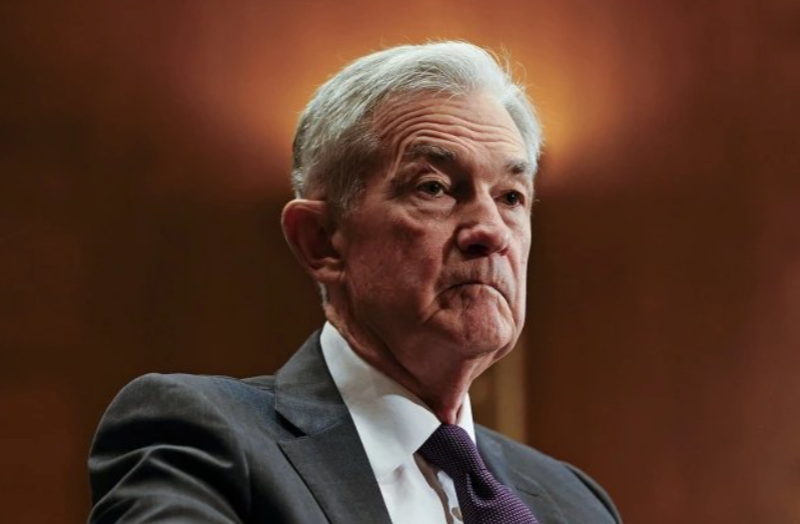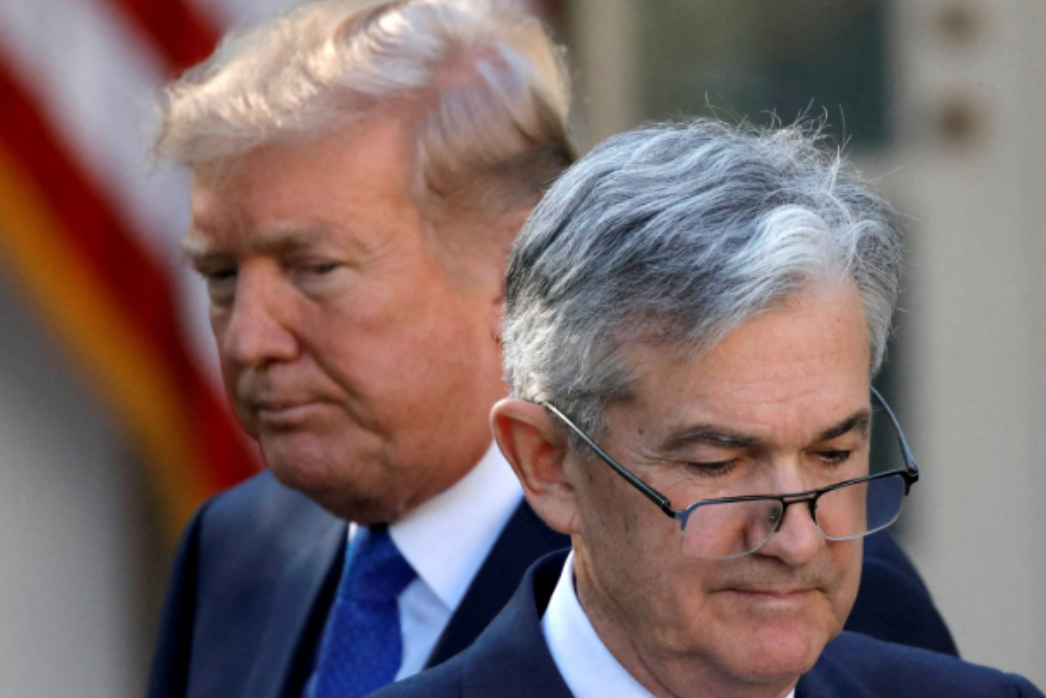Trump’s budget chief slams Fed Chair Powell for mismanaging central bank funds and misleading Congress over costly headquarters renovation, escalating tensions over interest rate policies.
Trump Administration Targets Powell Over $2.5 Billion Fed Renovation
In a fresh escalation of tensions between the Trump administration and the U.S. Federal Reserve, President Donald Trump’s top officials have openly criticized Fed Chairman Jerome Powell over a multi-billion-dollar renovation of the central bank’s headquarters, as well as broader monetary policy decisions. The attacks mark a new phase in Trump’s ongoing feud with Powell, centered on interest rates, fiscal mismanagement, and transparency concerns.
Russell Vought, Director of the Office of Management and Budget (OMB), has accused Powell of grossly mismanaging the Federal Reserve, particularly in light of a controversial renovation project that is ballooning in cost. According to Vought, the Federal Reserve is now spending approximately $2.5 billion to overhaul its Washington D.C. headquarters—an amount nearly $700 million over its original budget. This massive expenditure comes at a time when the central bank continues to run a deficit, a rare and worrying trend for the institution.
Vought went further by suggesting that Powell had misled Congress about the total costs and scope of the renovation, implying a possible breach of trust and misuse of authority. “Jerome Powell has not only mismanaged the Fed’s fiscal responsibilities, but he has also provided misleading testimony regarding how much taxpayer money is being funneled into an unnecessary and extravagant construction project,” Vought stated.
The Trump administration’s criticism isn’t just about the renovation cost; it is rooted in a broader ideological clash over interest rates and monetary policy. President Trump has consistently expressed frustration that Powell has not aggressively lowered interest rates to stimulate the economy. In a recent interview, Trump reiterated his disapproval, stating, “Jerome Powell has been very bad for our country. We should have the lowest interest rates on earth and we don’t. He just refuses to do it.”
Trump also mocked the Fed’s focus on the renovation amid ongoing economic concerns. “He’s spending two and a half billion dollars rebuilding the Fed building while Americans are struggling to keep up with inflation and mortgage rates,” Trump said.
This intensifying feud between the White House and the central bank raises important legal and institutional questions. The Federal Reserve Act, particularly Section 10, allows the president to remove the chair and other board members “for cause.” However, the phrase “for cause” is legally ambiguous. While it is generally interpreted to mean misconduct, negligence, or abuse of power, there is no clear legal precedent defining the exact thresholds.

Legal scholars are now debating whether Powell’s alleged financial mismanagement or misleading of Congress over the Fed’s renovation project could be interpreted as cause under the statute. If the Trump administration were to make a serious attempt to remove Powell before his term ends in May 2026, it would likely result in a constitutional standoff and trigger market volatility.
The markets are already reacting to the uncertainty. Analysts suggest that if Powell were to step down—or be forced out—it could lead to a sharp steepening of the Treasury yield curve. Investors would likely anticipate a much more dovish approach from Powell’s replacement, possibly someone more aligned with Trump’s demand for lower interest rates.
Market experts are warning of the possible economic implications. A sudden change in leadership at the Fed would send shockwaves through global financial markets, especially as the U.S. economy stands at a delicate crossroads between inflation control and supporting economic growth.
“If Powell is replaced with a Super Dove, we could see the Fed pivot sharply towards easing, which may boost equity markets temporarily but raises long-term inflation risks,” one strategist commented.
However, it’s important to note that while the Fed chair holds significant influence, monetary policy decisions are made by the broader Federal Open Market Committee (FOMC). Even if Powell is removed and replaced with a more dovish leader, the committee’s internal divisions—as highlighted in the latest FOMC minutes—could prevent a rapid policy shift. Yet, the presence of a new chair with a clear dovish agenda would undoubtedly tilt the committee’s bias toward rate cuts once economic data allows.
Powell’s defenders argue that the chairman has skillfully navigated the Fed through multiple crises—from the COVID-19 pandemic to persistent inflation—while maintaining institutional independence. They also point out that the renovation of the Fed’s aging headquarters was approved years ago and follows federal guidelines for historical preservation and seismic safety.
Still, the optics of a $2.5 billion renovation during an era of economic tightening and high borrowing costs do not play well politically. Trump and his allies are now using it as ammunition to pressure Powell and, possibly, justify his removal.
While Powell has not publicly responded to the latest round of criticism, the coming weeks will be crucial. If the Trump administration pushes harder, the situation could evolve into a full-blown legal and political battle. What is clear is that Powell is now in the crosshairs—not just over interest rates but over how the Federal Reserve manages its own finances and communicates with Congress.
In this tense environment, the future of Powell’s tenure at the Fed is uncertain. Whether or not he survives the political onslaught, the implications of his potential departure would ripple across the U.S. economy and financial markets. As the spotlight intensifies, all eyes are on Powell—both for how he leads the Fed and how he responds to a president who appears more determined than ever to make a change.

